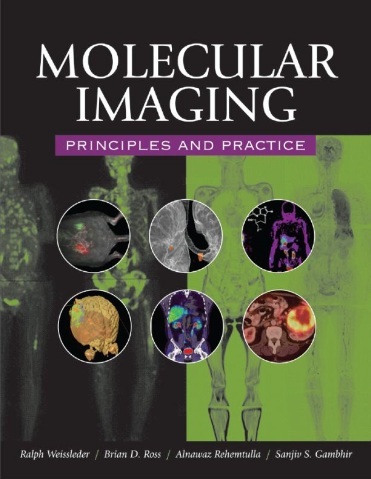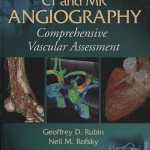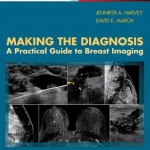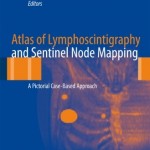 By
By
- Ralph Weissleder, MD, PhD, Professor of Radiology and Systems Biology, Harvard Medical School, Director, Center for Systems Biology, Massachusetts General Hospital, Boston, Massachusetts
- Brian D. Ross, PhD, Professor of Radiology and Biological Chemistry, Co-Director Center for Molecular Imaging, University of Michigan Medical School, Ann Arbor, Michigan
- Alnawaz Rehemtulla, PhD, Ruth Tuttle Freeman Research Professor, Department of Radiation Oncology and Radiology, Co-Director Center for Molecular Imaging, University of Michigan Medical School, Ann Arbor, Michigan
- Sanjiv S. Gambhir, MD, PhD, Virginia & D.K. Ludwig Professor of Radiology and Bioengineering, Director, Molecular Imaging Program at Stanford (MIPS), Director, Canary Center for Cancer Early Detection at Stanford, Chief, Division of Nuclear Medicine, Stanford University School of Medicine, Stanford, California
Over the last decade, the field of molecular imaging of living subjects has evolved considerably and has seen spectacular advances in chemistry, engineering, and biomedical applications. In a relatively short period of time, comprehensive molecular imaging centers have been established in the US, Europe, and Asia and are increasingly integrated into basic sciences and translational networks. New investigators, collaborators, and students drawn into this multidisciplinary field have often expressed the desire and need for an authoritative textbook. This textbook was designed precisely to fill this need.
Given the multidisciplinary nature of the field, the book is broken into six different sections. Part 1 (Molecular Imaging Technologies) summarizes the different macro-, meso-, and microscopic imaging technologies currently available.
Part 2 (Chemistry of Molecular Imaging) is dedicated to reviewing chemical approaches to imaging probe designs for different types of imaging technologies. This section also contains chapters on the emerging field of nanomaterials, chemical biology, and probe design as well as signal amplification strategies.
Part 3 (Molecular Imaging in Cell and Molecular Biology) contains chapters dedicated to protein engineering, vectors, and pathways.
Part 4 (Applications of Molecular Imaging) summarizes the above advances in different clinical disease entities.
Part 5 (Molecular Imaging in Drug Evaluation) is dedicated to imaging in drug development.
Part 6 provides chapters on computation, bioinformatics, and modeling.
- The most authoritative and effective resource available in the field
- Concepts illustrated with figures and molecular-imaging examples
- First book to provide all the pieces for molecular imaging as a field including all the various modalities and biomedical applications
- First book to cover the chemistry of imaging agent development as well as all the imaging instrumentation strategies











